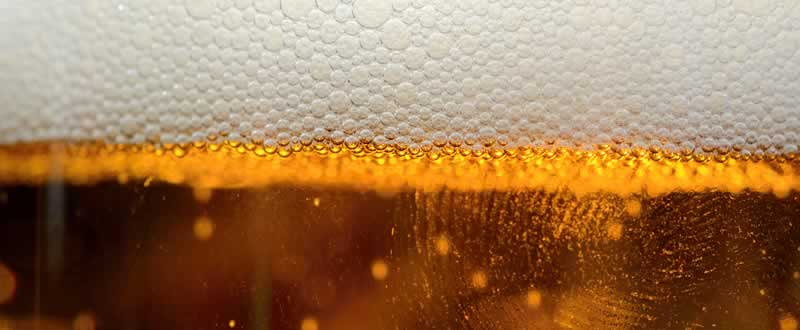
Yeast for Brewing
Yeasts are very common and occur naturally in the environment. By fermentation yeast convert carbohydrates (malt) into carbon dioxide and alcohol. There are numerous strains of yeast and most of them are not suitable for brewing so it's important that you choose the proper strain.
Types of yeast
Yeast comes in two formats—dry and liquid. Dry yeast is packaged in oxygen barrier packets and has a long shelf life. Liquid yeast in packaged in either vials or mylar pouches. Liquid yeast has a much shorter shelf life than dry yeast and it has to be refrigerated.
Dry yeast
In the past dry yeast was considered inferior to liquid yeast because manufacturing practices often produced impure strains and bacteria. However this is no longer the case. Modern dry yeasts manufactured by Lallemand and Fermentis are sterile and strain-pure.
The big advantage dry yeast has over wet is that it has a much longer shelf life of a year or more. It's also tolerant of warmer storage conditions so the viability of the yeast is preserved. It's also user-freindly. All you have to do is sprinkle on top of your wort and it will do its thing.
Liquid yeast
Liquid yeast was at one time the de facto if you wanted to make authentic beer styles. While this may be no longer true, liquid yeast has a much wider range of strains than dry yeast which makes it essential for some beer styles.
Liquid yeast has to be kept refrigerated and has a shorter shelf life than dry yeast. We offer the Wyeast brand which comes packaged in a mylar pouch. Within that pouch is a small bladder of wort and nutrients. You activate the yeast by smacking the mylar pouch which ruptures the bladder inside releasing the wort which then mixes with the yeast. Wyeast maintains its viability longer than vial products.